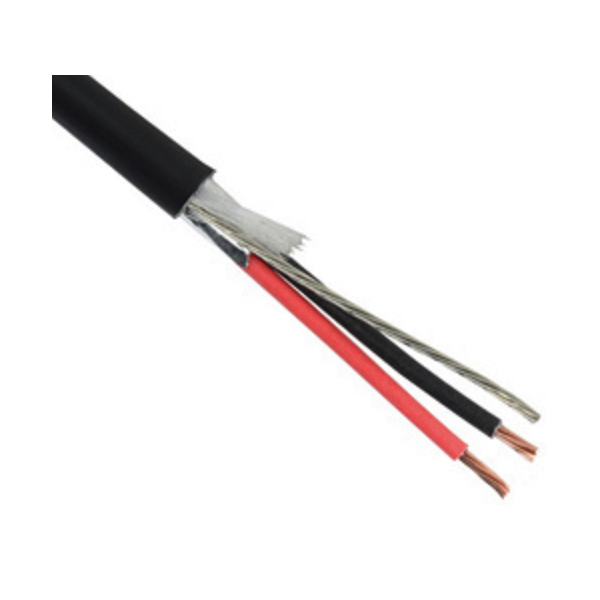Cable Tray Wire

Cable tray wire plays a critical role in modern cable management systems used throughout industrial, commercial, and manufacturing environments. RSP Supply offers a wide selection of tray rated cable designed for use in cable tray systems, with configurations ranging from 2 to 37 conductors in 16 and 18 AWG sizes. These cables support organized routing of power, control, and communication wiring while maintaining accessibility for inspection, modification, or maintenance.
In facilities such as manufacturing plants, processing centers, and infrastructure installations, cable tray systems are commonly used to support large volumes of wiring across extended distances. Tray rated wire allows multiple cable types to be grouped within a confined space while remaining flexible and serviceable as system requirements evolve.
Type TC (Tray Cable) is specifically engineered for use in tray systems and similar applications. These cables are constructed with insulation and jacketing materials suitable for both wet and dry locations, with options available for light- to heavy-duty use. Many Type TC cables are rated for installation in free air, raceways, or direct burial. For industrial environments, oil-resistant and corrosion-resistant constructions help protect against harsh operating conditions and contribute to long-term system performance.
FAQs
Q: What is cable tray wire used for?
Cable tray wire is used to route and support power, control, data, and communication cables within cable tray systems while allowing easy access for maintenance and system changes.
Q: What is Type TC cable?
Type TC, or Tray Cable, is a cable designed specifically for use in cable tray systems. It is constructed to meet safety and performance requirements for industrial power and control applications.
Q: Can tray rated cable be used in wet or dry locations?
Yes, Type TC tray rated cables are designed for use in both wet and dry environments, depending on the insulation and jacket materials used.
Q: Is Type TC cable suitable for use in PVC raceways?
Yes, Type TC cable is commonly used in PVC raceways and offers flexibility for installation in tray systems, raceways, free air, or direct burial where permitted.
Q: Why is oil resistance important for industrial tray cable?
Oil resistance helps protect the cable insulation and jacket from degradation in environments where oils, lubricants, or other corrosive substances are present, extending cable life and reliability.
Why Buy Cable Tray Wire from RSP Supply
RSP Supply provides a broad selection of tray rated cable tray wire suitable for demanding industrial applications. Our offerings include multiple conductor counts, wire gauges, and insulation types to support power, control, and communication needs. Customers choose RSP Supply for dependable product availability, knowledgeable technical support, and industrial-grade components designed to perform reliably in cable tray systems across a wide range of operating environments.

